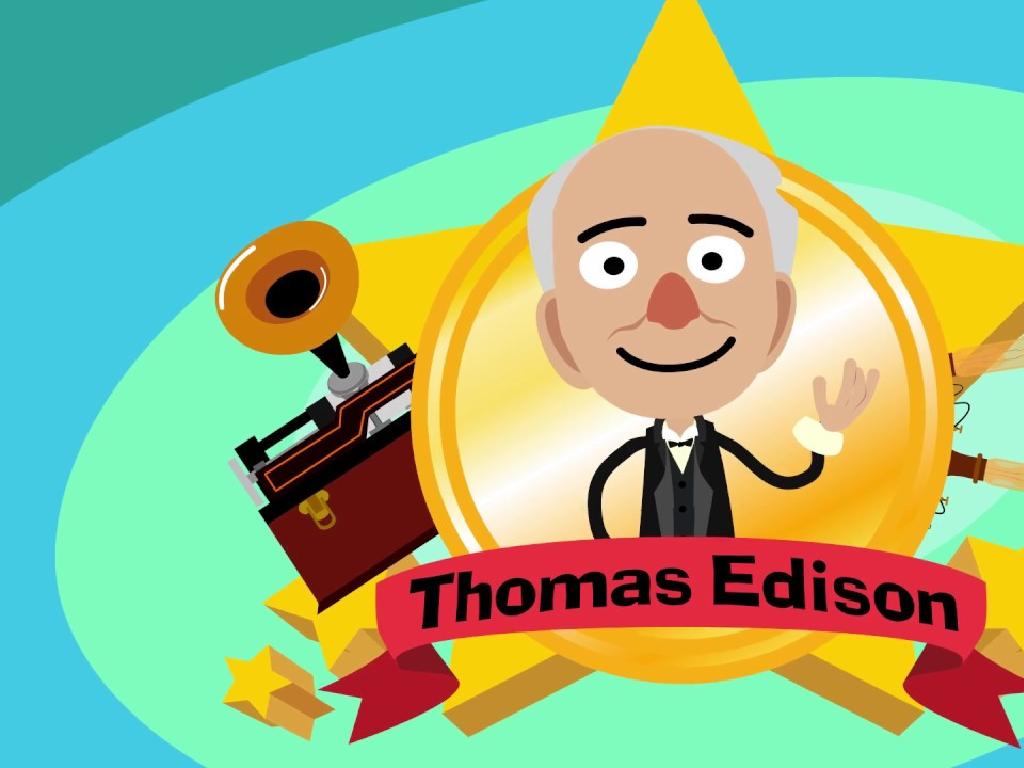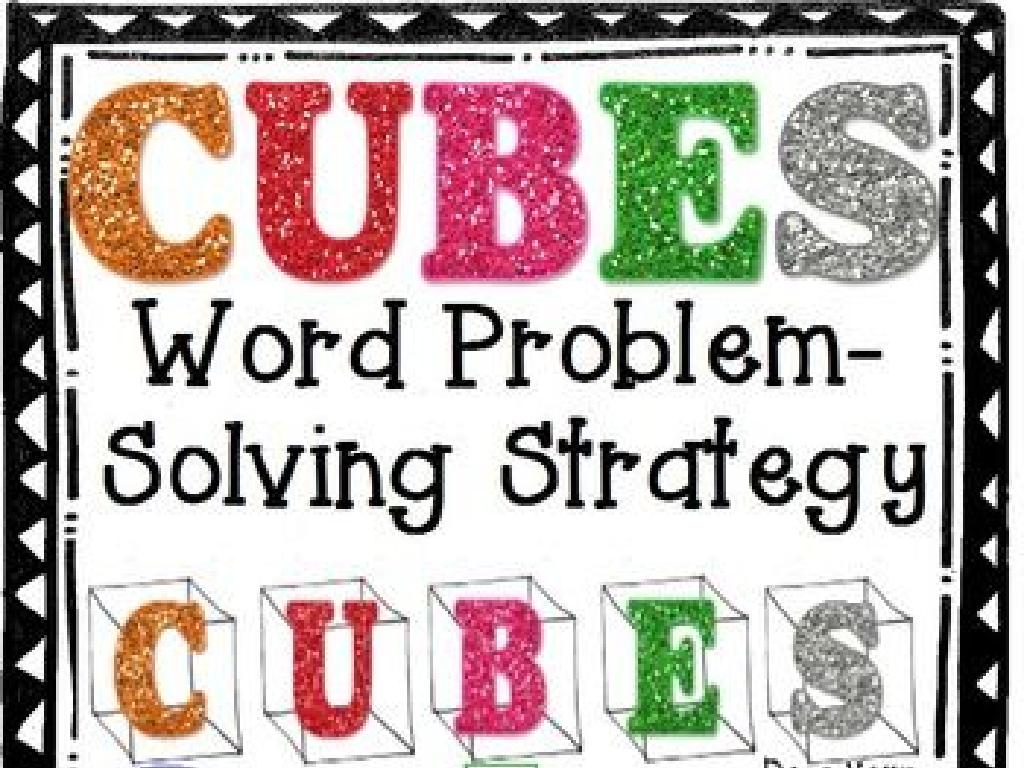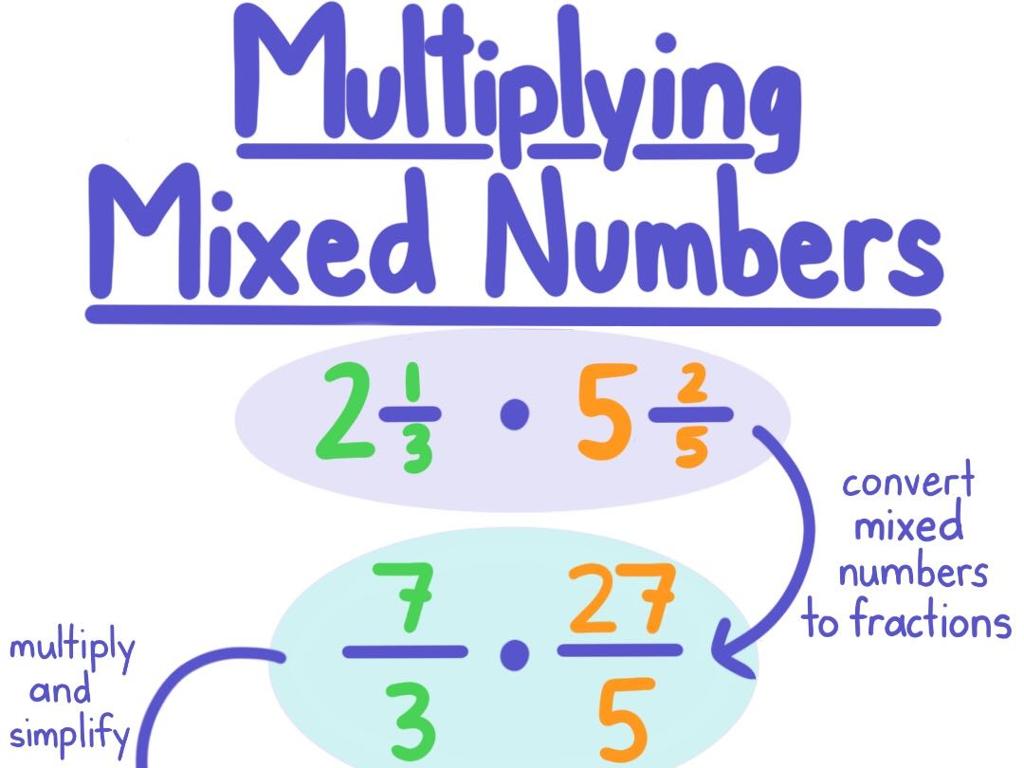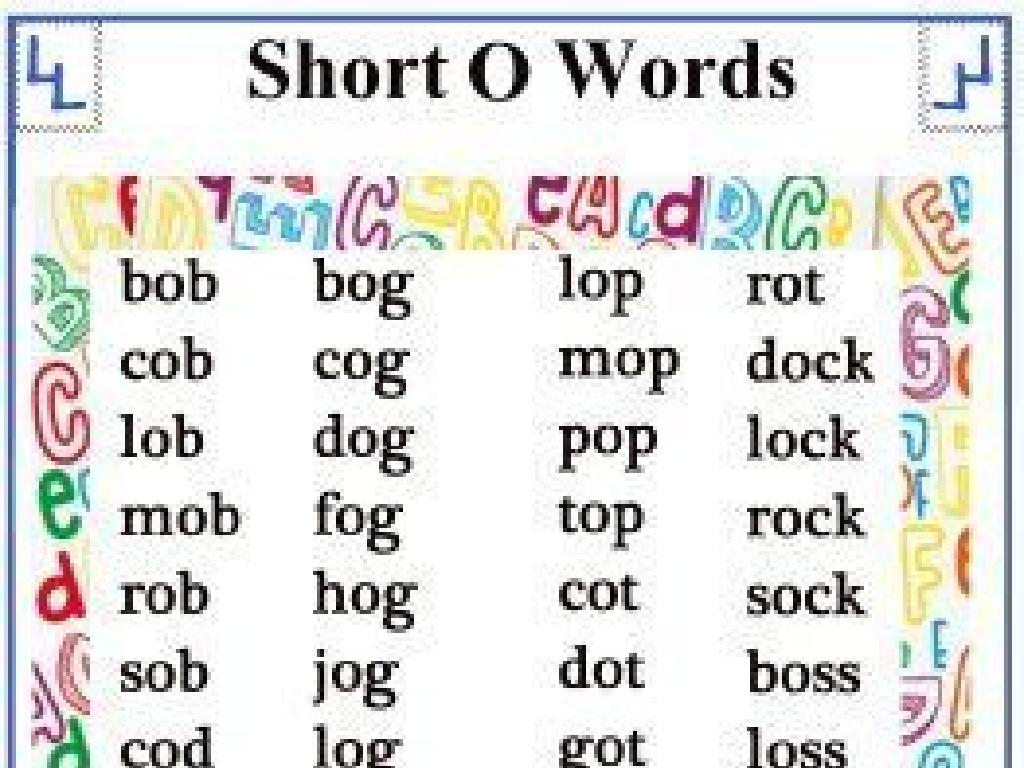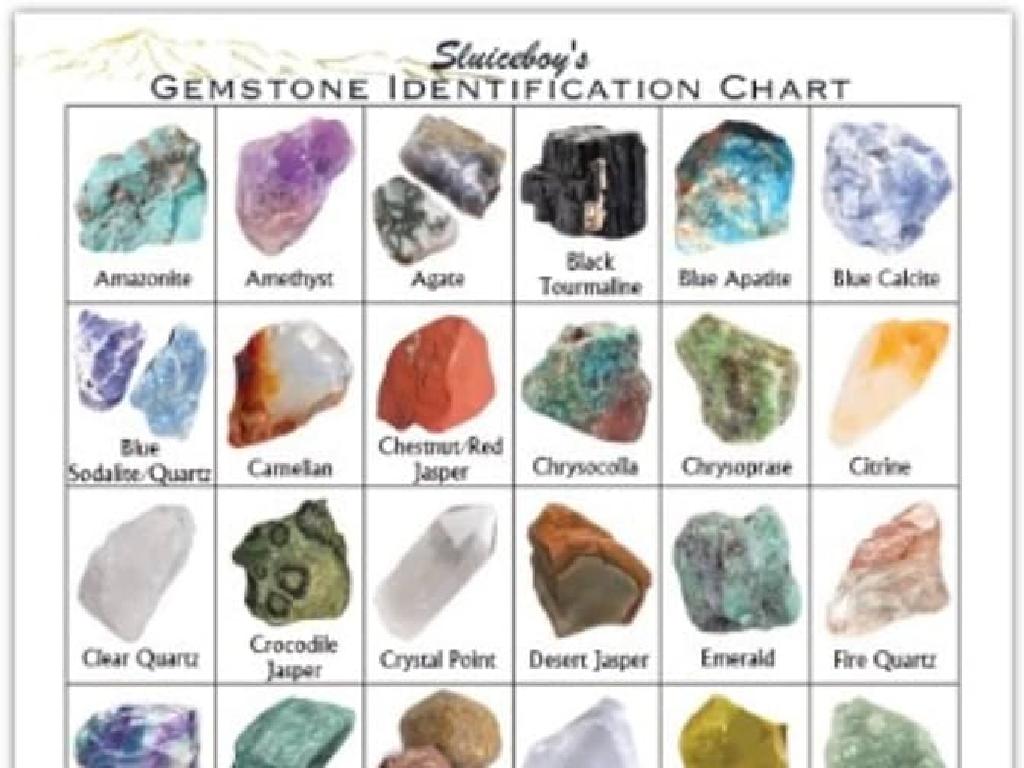Identify Shortage And Surplus
Subject: Social studies
Grade: Third grade
Topic: Supply And Demand
Please LOG IN to download the presentation. Access is available to registered users only.
View More Content
Understanding Shortage and Surplus
– Needs vs. Wants
– Needs are things we must have to live, wants are extras.
– Supply & Demand Basics
– Supply is how much we have, demand is how much we want.
– What is a Shortage?
– Shortage: Not enough of something people want.
– What is a Surplus?
– Surplus: More of something than people want.
|
This slide introduces the basic concepts of supply and demand, focusing on the ideas of shortage and surplus. Begin by explaining the difference between needs (essential for survival) and wants (things we desire but don’t need). Then, introduce supply and demand as the amount of something available versus how much people want it. Discuss shortage as a situation where the demand for a product exceeds the supply, leading to not enough of the item for everyone who wants it. Contrast this with surplus, where there is more of an item available than people want to buy. Use relatable examples like a popular toy being sold out during the holidays (shortage) or leftover Halloween candy (surplus). Encourage students to think of their own examples and understand how these concepts affect their daily lives.
Understanding Supply and Demand
– What is supply?
– Supply is how much of something is available.
– What is demand?
– Demand is how much people want of that thing.
– Interaction of supply and demand
– They decide how much is made and sold.
– Impact on store inventories
– This determines what and how much is in stores.
|
This slide introduces the basic concepts of supply and demand, which are fundamental to understanding economics and the marketplace. Supply refers to the quantity of a product or service that is available for purchase, while demand refers to the desire of buyers for that product or service. The interaction between supply and demand determines the price of goods and services and what is available in stores. For example, if a new toy is in high demand but in limited supply, it might be difficult to find in stores and could be more expensive. Conversely, if there is a surplus of a product that is not in high demand, it might be on sale or in large quantities on store shelves. Encourage students to think of examples of items that are in high demand or in surplus and how that affects availability and price.
Understanding Shortage in Supply and Demand
– What does shortage mean?
– Shortage is when there’s not enough of an item for everyone who wants it.
– Examples of shortage situations
– Like when everyone wants the same toy for Christmas, or before a big storm, stores run out of water and batteries.
– How shortages can affect us
– It can feel disappointing or worrying when you can’t get what you need.
– Class discussion on shortage
|
This slide introduces the concept of shortage to third-grade students by defining it and providing relatable examples. Start by explaining that a shortage happens when there aren’t enough goods or items for everyone who wants to buy them. Use examples like popular toys during the holiday season becoming hard to find, or how shelves at grocery stores can become empty before a storm as people buy lots of supplies. Ask the students how they would feel if they couldn’t buy their favorite toy or didn’t have enough water during a storm. Encourage them to discuss and share their thoughts and feelings about shortages. This will help them understand the emotional impact of shortages and relate it to the concept of supply and demand.
Understanding Surplus in Supply and Demand
– Surplus means having extra
– Examples of surplus items
– Like leftover pumpkins after Halloween or clothes after winter
– What happens to surplus?
– Stores may have sales or donate extra items
– Why surplus matters
|
This slide introduces the concept of surplus to third-grade students by relating it to familiar situations, such as seasonal items being left over after a holiday. Surplus is explained as having more of something than is needed or used. Provide relatable examples like too many pumpkins after Halloween or clothes that are not sold by the end of winter. Discuss with students what stores might do with these surplus items, such as putting them on sale to encourage people to buy them or donating them to those in need. This helps students understand how supply and demand can affect what happens to goods. Encourage students to think of other examples of surplus and consider why managing surplus is important for stores and consumers.
Spotting Shortage and Surplus
– Signs of a shortage
– Long lines, ‘Sold Out’ signs, item limits
– Signs of a surplus
– Big sales, ‘Buy one, get one’ deals, slow-selling items
– Effects of shortage on buying
– Effects of surplus on prices
|
This slide aims to help students recognize the signs of shortage and surplus in the context of supply and demand. A shortage occurs when demand exceeds supply, often indicated by long lines for products, ‘Sold Out’ signs, and stores limiting the number of items a person can buy. A surplus happens when supply exceeds demand, visible through big sales, special offers like ‘Buy one, get one free’, and items that remain on shelves without selling out quickly. Understanding these concepts will help students grasp how supply and demand affect our everyday shopping experiences. Encourage students to think of examples they’ve seen in stores or advertisements and discuss how these situations might influence their decisions as consumers.
Real-Life Scenarios: Shortage and Surplus
– New video game console release
– High demand may lead to a shortage, making it hard to find
– Too many holiday decorations
– Surplus means too much stock, decorations may not sell out
– Effects of shortage on stores
– Effects of surplus on stores
|
This slide aims to help students understand the concepts of shortage and surplus through relatable examples. When a new video game console is released, it’s often in high demand, and stores may run out quickly, creating a shortage. On the other hand, if a store orders too many holiday decorations, they may end up with a surplus, meaning they have more than they can sell. Discuss with students how these situations affect both the store and the customers. Encourage them to think of times when they wanted something that was sold out, or when they saw items on clearance because there were too many. This will help them grasp the impact of supply and demand in everyday life.
Class Activity: Supply and Demand Simulation
– Create a mini-market in class
– Role-play as sellers and buyers
– Experience shortage and surplus
– Shortage when demand > supply, surplus when supply > demand
– Understand supply and demand
|
This interactive class activity is designed to help students understand the concepts of shortage and surplus in a tangible way. Set up a mini-market in the classroom with various items for sale. Assign roles to the students, with some acting as sellers and others as buyers. Use play money to facilitate transactions. Create scenarios where there is a high demand for an item with limited supply to demonstrate shortage, and another scenario where there is an excess of items not being bought to illustrate surplus. Discuss how prices can change based on the availability of goods and the desire of people to buy them. After the activity, debrief with the students to discuss what they experienced and observed. This will help them grasp how supply and demand affect our daily lives and the economy.
Reflecting on Shortage and Surplus
– Learned about shortage and surplus
– Shortage: not enough of something; Surplus: more than needed
– Understanding supply and demand
– It helps predict why things are priced or available
– Sharing our activity experience
– Why it matters in real life
– These concepts affect our daily choices and economy
|
In this concluding slide, we aim to reinforce the concepts of shortage and surplus that the students have learned. It’s crucial for them to grasp that a shortage occurs when there isn’t enough of something, like toys or food, and a surplus is when there’s more than what is needed. Understanding supply and demand helps explain why certain items are priced the way they are or why they might be hard to find. Encourage students to share their feelings and thoughts about the activities they participated in to understand these concepts. This reflection helps them connect the lesson to real-life situations, such as why their favorite snack isn’t always available at the store. It’s important for them to see the relevance of these economic principles in their everyday lives.

